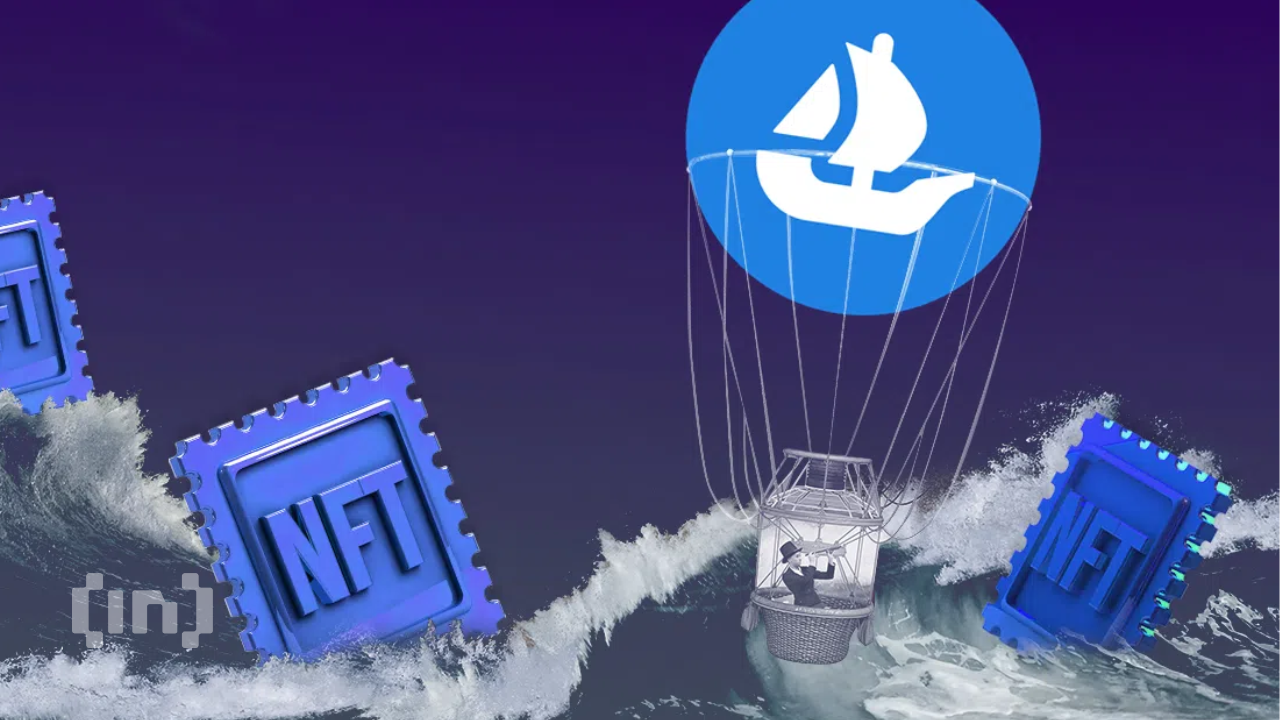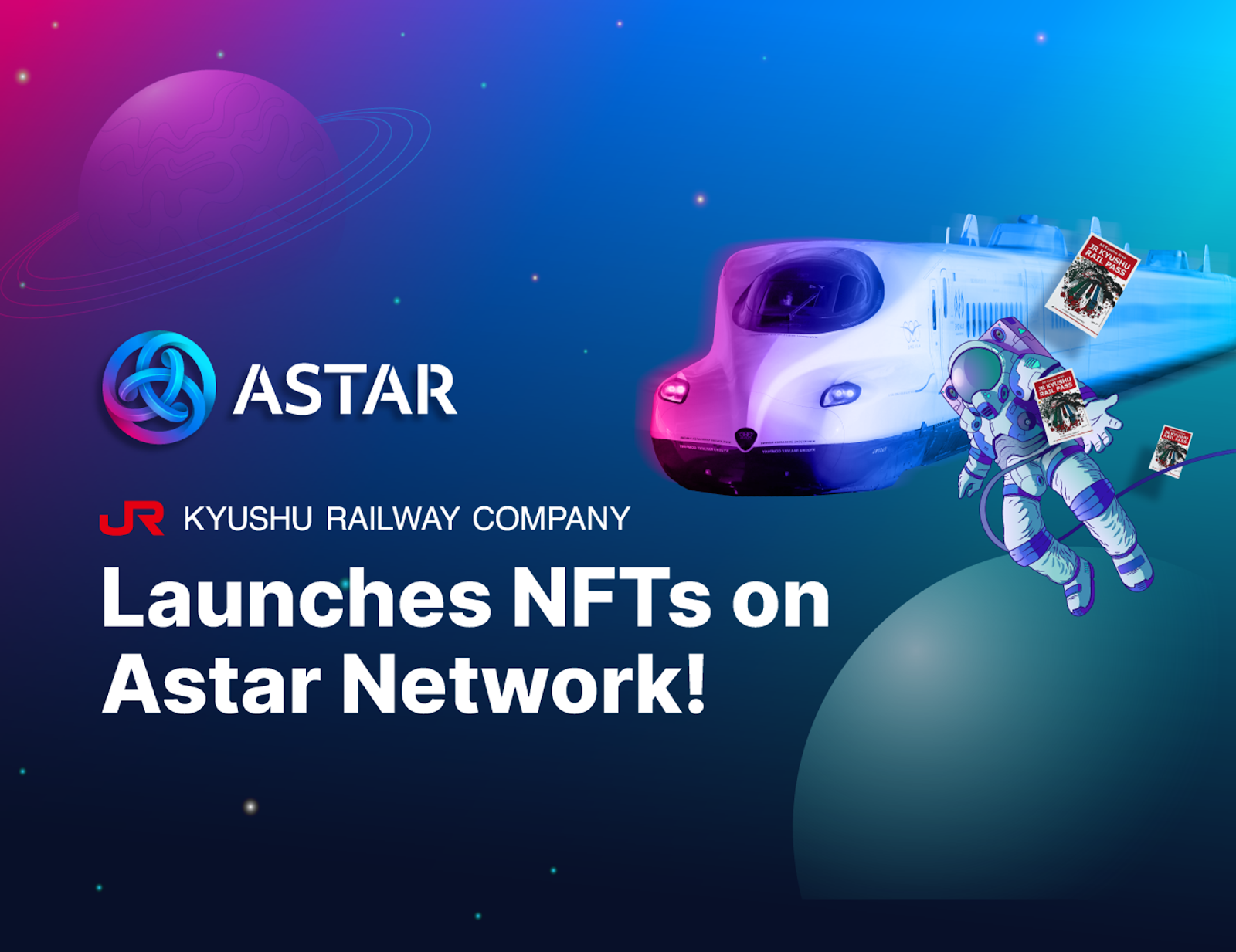The NFT community is responding to the rise of open editions

So far, the defining Web3 conversation in 2023 has been about open editions (OE). 3D animator and crypto artist NessGraphics broke records when they dropped Money Printer Go BRRRRRR and raised over 1404 ETH ($2 million) in one hour. Similarly, Victor Mosquera’s January 29th OE release for The Collector yielded 224 ETH (nearly $400,000) in 90 minutes.
These exceptional sales volumes, combined with a clear statistical increase in the number of OEs minted in the past month, opened up a passionate debate in the NFT community about the supply, value and utility of an artist’s work. That debate is now reaching a fever pitch.
At this point, nearly all of the world’s most prominent NFT artists, collectors, and builders have voiced their opinions on the rise of open editions—addressing everything from the benefits or harm it may cause in the ecosystem to what it means for artists and collectors going forward. Here’s what they say and do.
Open editions can do wonders for artists and collectors
Several artists have responded to the open edition trend with optimism. Like so many things in Web3, proponents say they are a tool for artists to use at their discretion and choice – like any other drop mechanic. Also, they claim that much of the activity in the Web3 world comes from expensive and often prohibitive 1-of-1 or limited edition NFT drops. As such, OEs allow an artist to generate revenue while expanding the community and allowing a wider range of people to participate in the NFT ecosystem.
Beyond that, advocates note that if done thoughtfully, open editions can act as a kind of subscription plan that gives collectors access to an artist’s future works.
Vector artist and western aesthetic lover Jeremy Booth recently rolled out an open edition that works exactly this way, with Booth writes on Twitter recently that his latest OE “will be the key to buying all my personal (non-collaborative) limited editions going forward.” In a way, this kind of open publishing dynamic allows artists to implement their art as a kind of currency in the NFT ecosystem. How artists choose to play with that potential remains to be seen, but the possibilities are tantalizing.
Collectors: Don’t get ahead of yourself
Others in the community urge caution when approaching OEs, especially collectors. Comparing it to physical prints or posters of famous works of art, OE skeptics advise people to make OEs for the love of the art, with no expectation of utility or the potential to flip them later to make money.
Some commentators who see open issues as potentially problematic have also pointed to the fact that several mints released in this way in recent weeks are now trading below the original mint price (although the opposite can be said of many other OE collections).
Ultimately, there will always be an element of profit-seeking in the NFT space, as some Web3 residents have briefly pointed out. It is common for collectors to make more than one OE in a drop in hopes of an upcoming brewing event or later sell some of their editions to make money. The point is valid; like everything else in the NFT space, open editions aren’t always just “about the art.”
From open edition to 1-of-1 sales
Some artists have taken the popularity of OE and its surrounding controversy and turned them into an artistic opportunity to explore a concept and even get a 1-of-1 sale. Grant Riven Yun, who is among those advocating a cautious approach to the open edition, sarcastically took to Twitter on January 29 to propose an open edition coin at 70 ETH apiece.
After minting a new illustration (called Laundry) later that day at AOTM, a collector bought the piece for – you guessed it – 70 ETH. The event marked a new all-time high for the artist.
Illustrator Oxdgb then took things even further, launching an open edition on Manifold as a performance piece on the same day for 69 ETH called Rejected Idea. Zero people marked the piece, which Oxdgb then marked as a 1-of-1 on Foundation. It ended up selling for 8.40 ETH.
Open editions are neither hero nor daemon
Others in the room have argued that open editions are neither good nor bad. Rather, they are just another tool in the NFT ecosystem. How artists choose to use OE is largely limited by their imagination, and collectors can choose to interact with them however they want, including not at all.
to expand with an actual meaning:
on the internet, distribution is a better strategy than hyperexclusivity for almost everyone
the world is very big
— @jackbutcher (@jackbutcher) 30 January 2023
So, how should you feel about open editions?
Whenever a new tool is introduced to Web3 (or an existing one becomes more widespread), there will always be a dynamic conversation about the trade-offs involved in collecting/investing in art and what that art brings to the table. But the NFT room has seen this conversation before.
Ultimately, the open edition debate is eerily similar to the utility debate that flared up in the summer of 2022.
The NFT space has always been at least partially about money; that’s why Web3 supporters celebrate blockchain’s ability to help artists make a fair living from their work. But the space should neither idolize nor demonize those who participate in the OE rush. Most people involved in Web3 are not here for the money or that, but a combination of the two. No one should begrudge someone for their particular combination of preferences.
And while it’s wise to keep a close eye on the NFT space’s relationship with money, open issues are probably not the ground to die on when it comes to Web3 debates. NessGraphics and Victor Mosquera’s recent OE successes are something to celebrate, as are the countless smaller sales made by up-and-coming artists using Manifold and other platforms to drop their OE drops. Democratization is, after all, a pillar of Web3. Open editions might just be another great way to maintain that ethos.
























